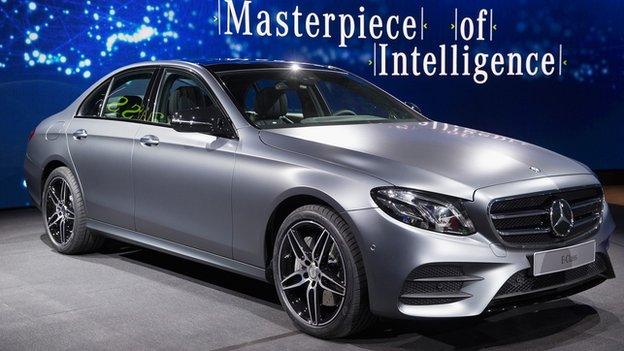Is it time to stop thinking of cars in terms of nationality?
- Published

Cars are often used to show national pride, but is that patriotism warranted?
What makes a car German, American or Japanese?
Is it where it is designed, where the parts are manufactured, or where those parts are assembled? Or is it where the brand owner is based?
The answer is more complicated than you may think.
And this is putting some patriotic US car buyers in an awkward position, because the "most American-made car", according to a recent survey, is actually a Toyota - a Japanese brand - made in Kentucky.
While price and technology are big factors for Americans buying a new car, 28% of the people surveyed by Cars.com, external in 2015 said they would only consider buying an "American-made" car.

The Toyota Camry was named the most American-made car by cars.com
But only seven vehicles made Cars.com's list, which requires a car to be assembled in the US and have 75% of its parts made there, including the engine and transmission.
And for two years in a row, the Toyota Camry, has topped that list. Two other Japanese models are in positions two and three.
Globalised industry
The globalised car industry has long known that if you're making something as large and heavy as a car, it makes sense to build it as close to the customer as possible.
But constituent parts can come from wherever it's cheapest to make those parts. A car is, in reality, a hotchpotch of different nationalities.
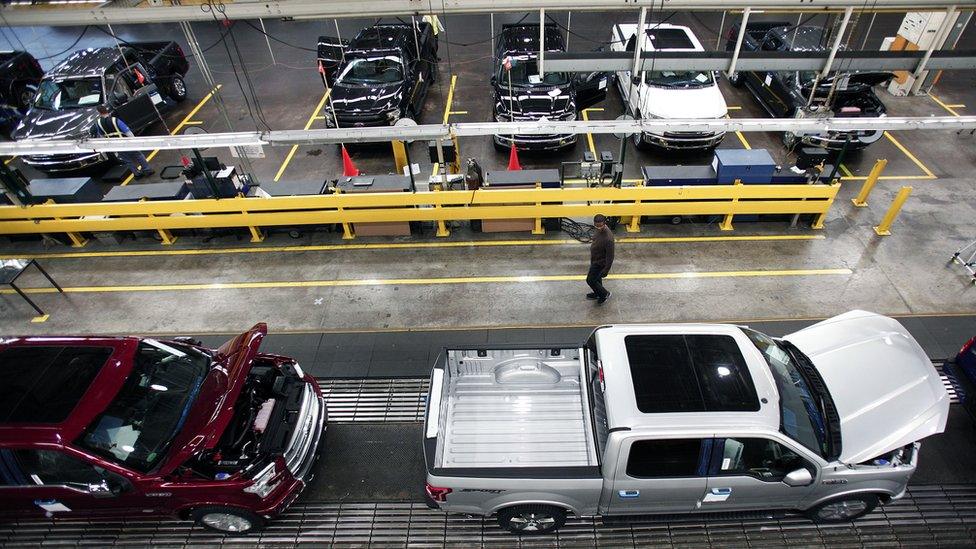
The idea of an "American-made" car may be changing
Yet car companies know that branding plays a crucial role in persuading buyers to spend more on one make than on another.
So if you're buying an Audi, you know you're buying a German car. A Ford is still heavily associated with the US.
Camry's Americanisation
The Toyota Camry is assembled in Georgetown, Kentucky, and has high US sales volumes. But it has been progressively "Americanised" over time.
The first Georgetown-made Camry rolled out of the plant in May 1988. In the beginning, the design and engine came directly from Japan, but as demand in the US grew, so did the US influence over the car. Toyota began building Camry engines in Kentucky in 1990.

Toyota's American chief engineer, Monte Kaehr, helped Americanise the Camry
"I don't think it's fair to consider the Camry to be a Japanese car," says Wil James, president of Toyota's Georgetown plant.
Along with the substantial number of parts made in the US - and the number of US workers who assemble the car - Mr James points out that Camry's design team also lives there, not in Japan.
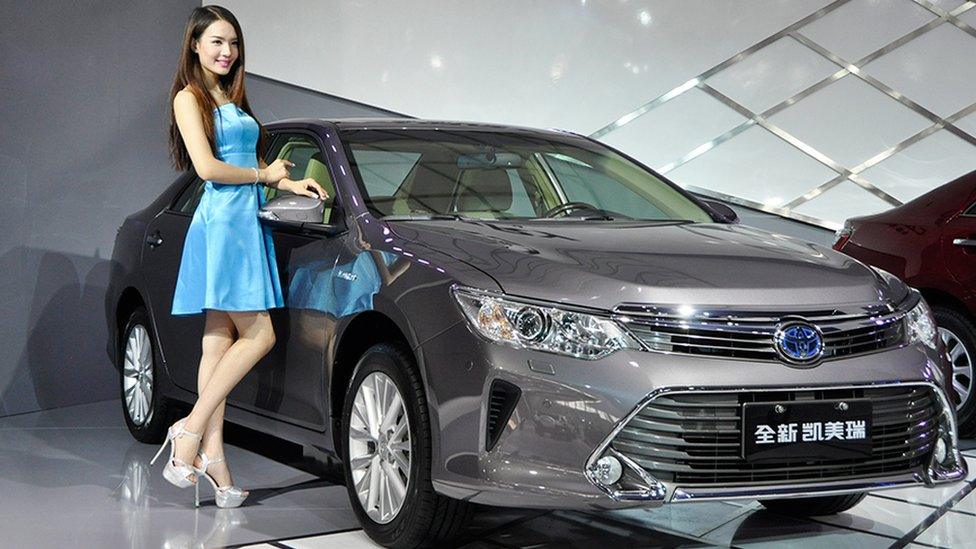
The Chinese design for the Toyota Camry differs from the US one
That Michigan-based team has implemented features and design elements to make the car more appealing to US customers, not to mention having to implement more stringent safety and emissions specifications.
For these reasons, the 2015 model Camry sold in the US looks quite different from the ones sold elsewhere around the globe.
German exports
Similarly, a German person looking over a BMW-branded SUV (sports utility vehicle) may find, to his or her surprise, that the vehicle in question was not only made in the US but has a design adapted to suit the local market.
BMW is the biggest exporter by value of cars in the US. The company's plant in Spartanburg, South Carolina, is BMW's biggest.
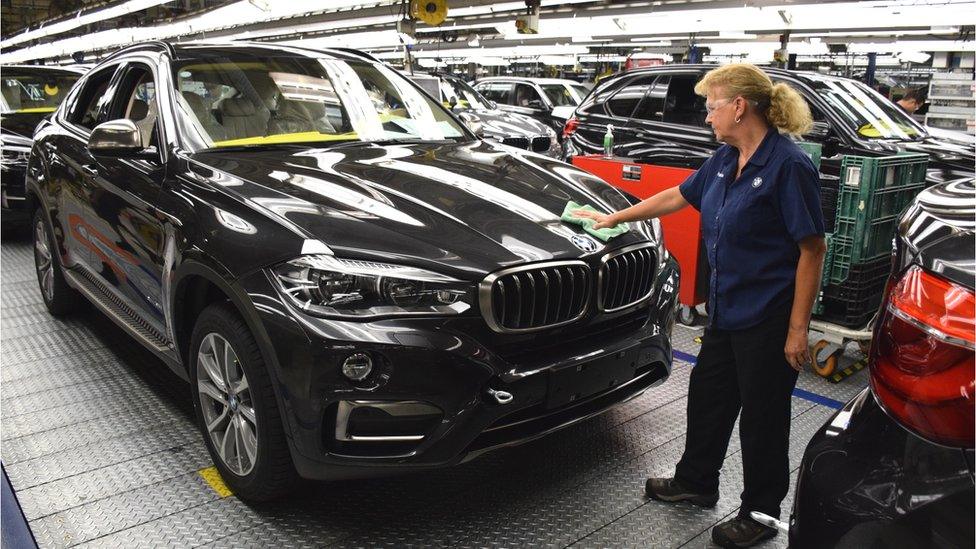
BMW's South Carolina plant exports two-thirds of the cars it produces
The plant produced an average of 1,300 cars a day in 2015, exporting more than two-thirds of them, mostly to Europe and Asia.
"There is no other plant that builds any of the products that are built in Spartanburg," says Ludwig Willisch, president of BMW North America.
So a European could end up buying a BMW SUV that was actually imported from the US.
Spartanburg focuses mostly on manufacturing SUVs, a style of vehicle that gained popularly in the US before taking off globally. The plant is the sole producer of several of BMW's models, including the X3 Sport and X5 M.
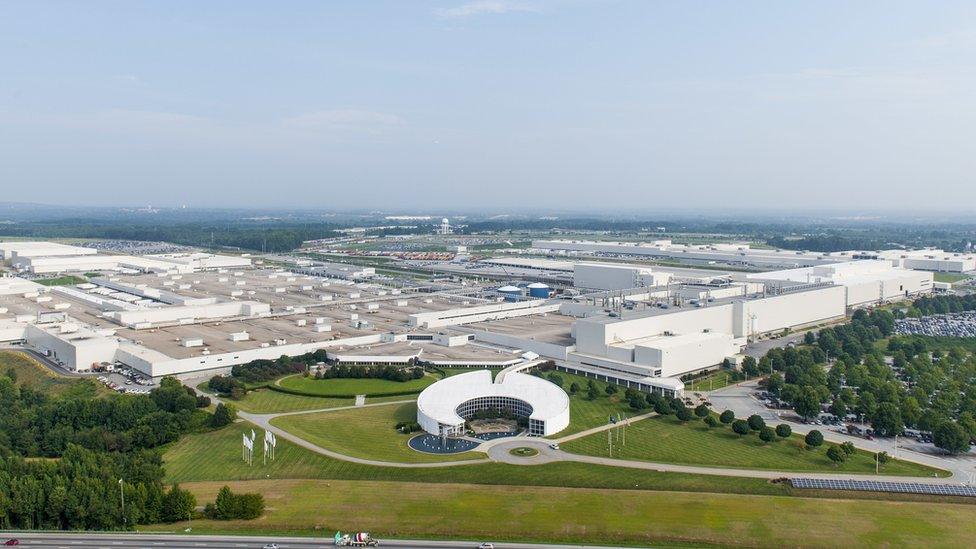
Spartanburg is BMW's biggest plant globally
The Spartanburg plant and its nearby suppliers have developed an expertise in this kind of car, making them better positioned to fill BMW's worldwide demand for SUVs.
The success of BMW in Spartanburg has helped boost the regional economy and build a sense of US pride for cars typically considered German.
Driving it home
US carmakers have also joined this trend. Ford produces many of its lorries in Mexico and South Korea. And General Motors has announced its intention to bring the Buick Envision, a Chinese-made car, to the US market.
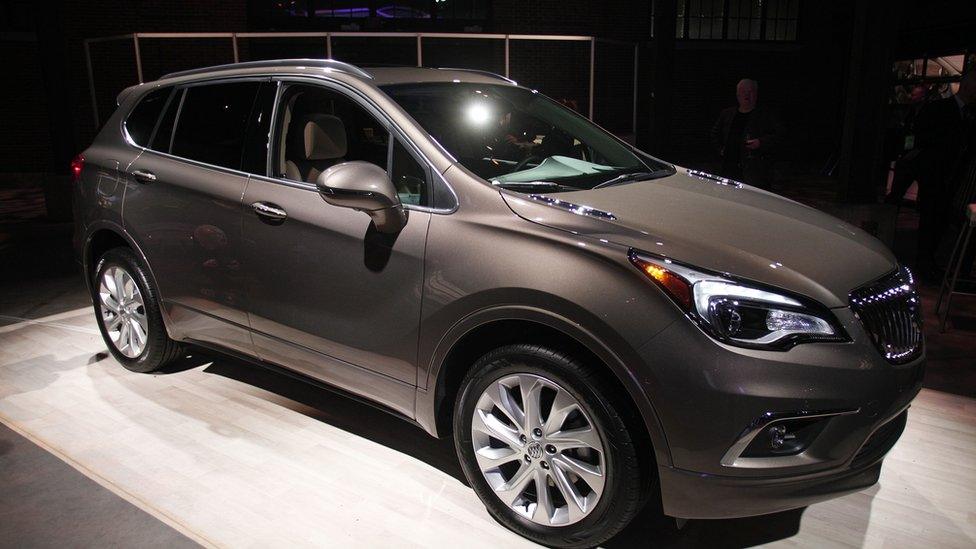
GM introduced its Chinese-made Buick Envision to the US market at the Detroit Motor Show
"Our general philosophy is to build where we sell," says Mary Barra, GM's chief executive.
She adds that if the cars become popular in the US, GM may consider building a US plant, bringing the model full circle.
If, however, US buyers scorn a Chinese-made car, even one branded with such an iconic American logo, the company is not too worried.
Buick expects to sell 200,000 Envisions in China in 2016 and just 45,000 in the US.
- Published12 January 2016

- Published11 January 2016
